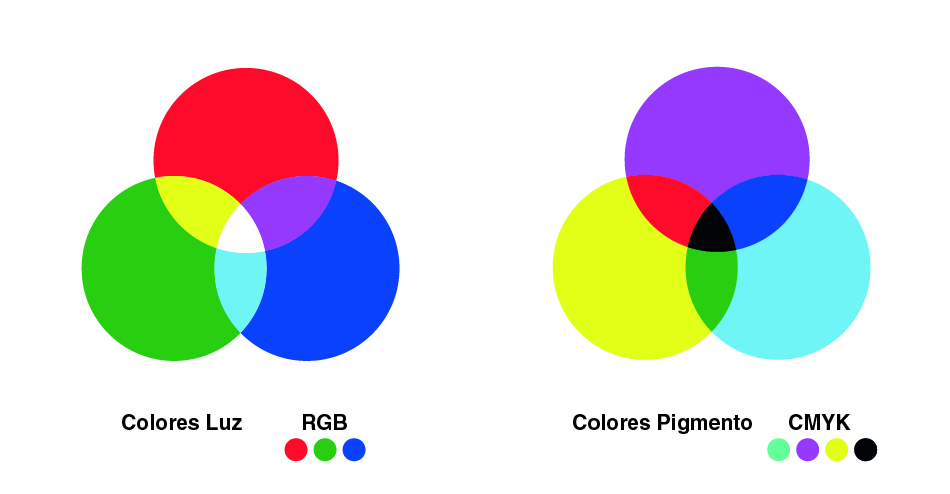Here's the short course with videos by The Spanish Dude to give you a consistent overview.
6) Possessive Adjective Pronouns (6 refers to the position on the comparison chart below)
 | ||||
| Haz clic aquí para ver el video |
3) Direct Object Pronouns:
These forms are used as the direct objects of verbs. Lo and la are used as the direct object forms of usted, los and las for ustedes. THESE FORMS MUST BE USED IF A PRONOUN IS REQUIRED FOR THE DIRECT OBJECT AND THE VERB IS EXPRESSED. A prepositional phrase (e.g., a él, a ella, a usted) is sometimes added for clarity or for emphasis, primarily in spoken Spanish.
When parts of the body and articles of clothing appear as the direct object in Spanish, normally the definite article is used instead of the possessive adjective (my, your, his); an indirect object pronoun is used to indicate the person involved:
3-4) Position of object pronouns
Object pronouns normally occur immediately before the verb. However, if the verb is an affirmative command, an infinitive, or a gerund (-ndo form), the object pronouns are attached to the end of the verb form. Note that when pronouns are appended to a verb a written accent mark is necessary when the stressed syllable is more than two syllables from the end of the word.
 | ||||||
| Haz clic aquí para ver el video |
(at 6:37 "no sentamos" should be "nos sentamos")
3-4) Double object pronouns
When
both a direct and an indirect object pronoun occur with the same verb,
the indirect object pronoun always comes first. If the letter l occurs as the first letter of both the indirect object pronoun (le, les) and the direct object pronoun (lo, la, los, las), the indirect object pronoun is changed to se. (In the video, Jordan calls this the "la la rule."
 | |
| Haz clic aquí para ver el video - Remember: RID |
Useful practice worksheet from Jordan -- practica leer en voz alto
Useful answer key from Jordan -- practica leer en voz alto
Quick recap: Comparison Chart
Subj
1
|
Prep
2
|
Dir
3
|
Indir
4
|
Reflex
5
|
Poss
6
|
|
I
|
yo
|
mí
|
me
|
me
|
me
|
mi(s)
|
You
(Fam)
|
tú
|
tí
|
te
|
te
|
te
|
ti(s)
|
3rd
It
|
usted
él, ella
|
usted
él, ella
|
lo, la
lo
|
le
le, le*
(or se)
|
se
se, se
|
su(s)
su(s),su(s)
|
Plural
| ||||||
We
|
nosotros
nosotras
|
nosotros
nosotras
|
nos
|
nos
|
nos
|
nuestro(a)
nuestros(as)
|
You
(Fam)
Spain
|
vosotros
vosotras
|
vosotros
vosotras
|
os
|
os
|
os
|
vuestro(a)
vuestros(as)
|
3rd
|
ellos
ellas
|
ellos
ellas
|
los
las
|
les
les
|
se
se
|
sus
|
Más Pronombres
Interrogative pronouns (pronombres interrogativos):
¿Quién?, ¿Quiénes? (Subject)
|
¿Quién rompió la ventana?
|
¿A quién?, ¿A quiénes? (Direct or indirect)
|
¿A quiénes debería enviar la carta?
|
¿Qué?
|
¿Qué es esto?
|
¿Cuál?, ¿Cuáles?
|
¿Cuál prefieres?
¿Cuál es tu número de teléfono?
|
Otras pronombres:
alguien
|
nadie
|
algo
|
nada
|
cada uno (a)
|
todo el mundo
|
quienquiera
|
cualquiera
|
Remember that the pronoun forms referring to people [such as alguien and nadie] require the use of the personal a when occurring as the direct object of a verb. Also keep in mind the rule for forming negative sentences: one negative word must occur in front of the verb (others may follow the verb).
Demonstrative pronouns (pronombres demostrativos)
éste, ésta
esto
|
ése, ésa
eso
|
éstos, éstas
|
éses, ésas
|
aquél, aquélla
aquello
| |
aquéllos, aquéllas
|
Demonstrative pronouns point out something (this, these, that, those). In English, we usually just make two distinctions: between this thing (close by) and that thing (in the distance, or close to the person spoken to). In Spanish, three distinctions are usually made: éste (this thing close by), ése (that thing close to the person spoken to) and aquél (that thing in the distance). You will recall that the demonstrative adjectives (este libro, esa mesa, etc.) do NOT carry accent marks; the use of accent marks on these pronoun forms is considered optional in some grammar books, but use them for in this class.
Neuter demonstrative pronouns also exist: esto (this thing), eso (that thing, near the person spoken to), aquello (that thing in the distance). These neuter never carry a written accent mark. They are used to refer to something unknown, or to refer to a general situation, or an abstract concept or something said earlier.










































